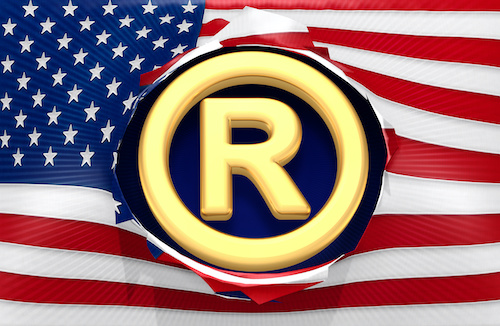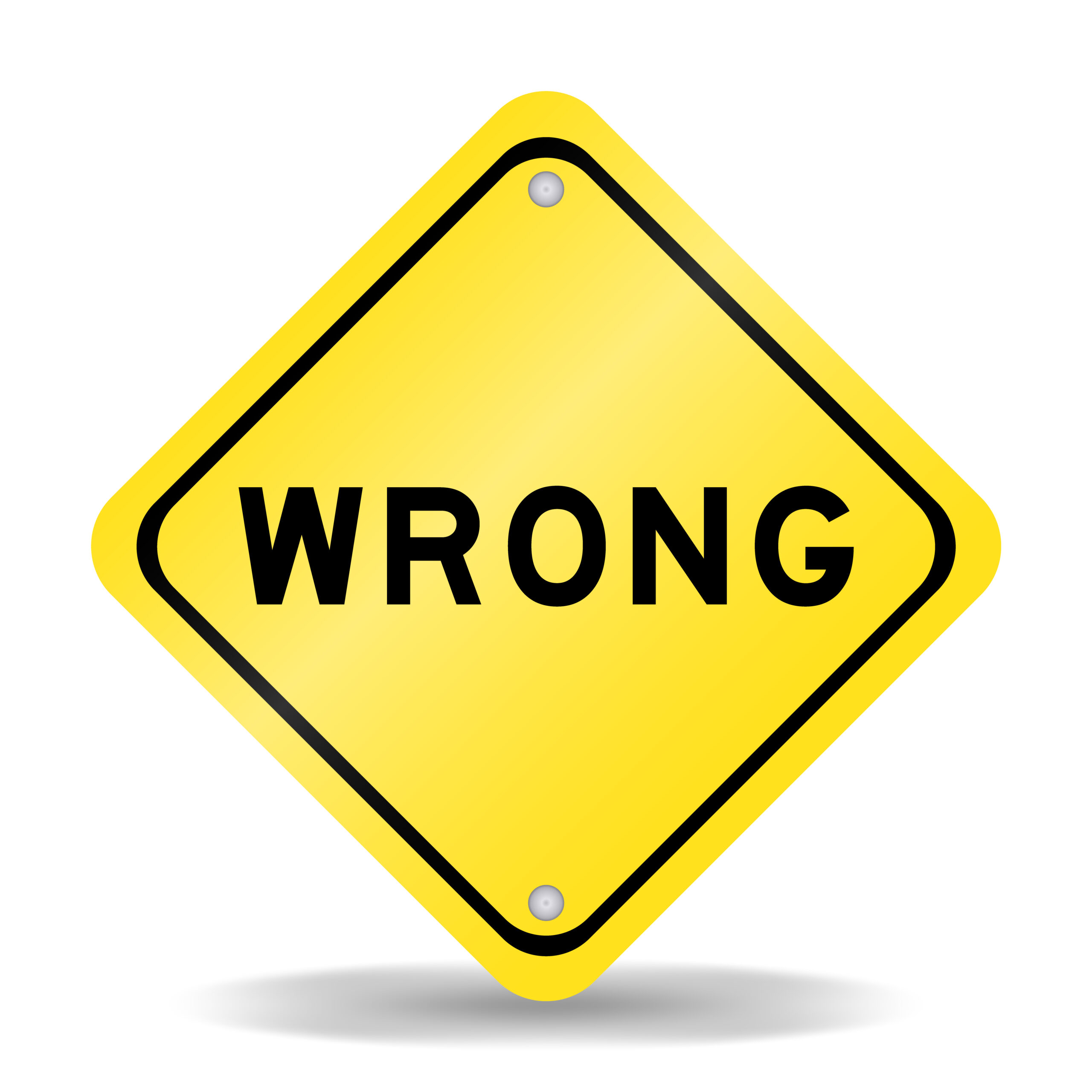The TRUMP TOO SMALL Case Obscures Larger Lanham Act Problems
“The Elster case continues the Supreme Court’s excursion through Section 2 of the Lanham Act… While the attention is a welcome development to the trademark community, the decision is unlikely to address—let alone resolve—some other problems with Section 2(c).”
In Vidal v. Elster, No. 22-704, the United States Supreme Court has heard argument and is expected to decide in the next several months whether Section 2(c) of the Lanham Act can prevent the federal registration of TRUMP TOO SMALL as a trademark for shirts and hats. Section 2(c) prohibits, inter alia, the registration of the name of a particular living individual without his consent. The issue in Elster is whether the First Amendment’s guarantee of free expression transcends Section 2(c).
It is a reasonable bet that Section 2(c) will fail to pass constitutional muster for much the same reasons as the prohibitions of immoral, scandalous and disparaging marks set forth in Section 2(a) were invalidated by the Court just a few years ago. But to the extent that Section 2(c) survives, in whole or in part, and apart from weighty constitutional concerns which the Court is expected to resolve, there are numerous other problems lurking in this old, dark and dusty subsection—which are not particularly “small” at all—which only Congress can fix.
Section 2 of the Lanham Act
Section 2 is a central provision of the Lanham Act, 15 U.S.C. §1052. It contains several subsections. Three of them are the bread and butter of trademark registration practice. Section 2(d) prohibits registration of marks which are likely to cause confusion, mistake or deception with an existing mark. The issue of likelihood of confusion is often a fertile area for disagreements between practitioners and Trademark Examining Attorneys at the U.S. Patent & Trademark Office (USPTO).
Section 2(e) prohibits registration of several categories of marks considered insufficiently distinctive, including marks that are “merely descriptive” and “deceptively misdescriptive,” as well as marks which are geographically descriptive and misdescriptive, and surnames. Refusals to register under certain of these grounds can be overcome by filing proof under Section 2(f) that the mark “has become distinctive,” i.e., has acquired secondary meaning.
Section 2(a), Tam and Brunetti
In the last few years, the Supreme Court decided two cases dealing with a less ubiquitous part of Section 2 of the Lanham Act, namely, Section 2(a), which prohibits registration of a mark if it:
“Consists of or comprises immoral, deceptive, or scandalous matter; or matter which may disparage or falsely suggest a connection with persons, living or dead, institutions, beliefs, or national symbols, or bring them into contempt, or disrepute….”
In Matal v. Tam, 582 U.S. 218 (2017), an attempt had been made to register THE SLANTS for entertainment services. In the face of a rejection based on the “disparagement” clause of Section 2(a), the Court held that the clause was unconstitutional under the free expression guarantee of the First Amendment.
Decided just two years later, Iancu v. Brunetti, 139 S. Ct. 2294 (2019), involved an application to register FUCT for clothing which had been refused registration under the “immoral” and “scandalous matter” clauses of Section 2(a). Those clauses were found to violate the First Amendment for reasons similar to those on which Tam was decided.
Section 2(c) and Elster
Section 2(c) of the Lanham Act, which is at issue in Vidal v. Elster, prohibits registration of a mark which:
“Consists of or comprises a name, portrait, or signature identifying a particular living individual except by his written consent, or the name, signature, or portrait of a deceased President during the life of his widow, if any, except by the written consent of the widow.”
The case now before the Supreme Court involves an application to register TRUMP TOO SMALL (with a mocking hand gesture) for shirts and hats. The U.S. Court of Appeals for the Federal Circuit held that applying the particular living individual clause of Section 2(c) unconstitutionally restricted Mr. Elster’s free speech under the First Amendment, and the Government appealed. The Elster case was argued on November 1, 2023, and a decision is expected by the end of the Court’s term in June 2024.
The ‘Particular Living Individual’ Clause Has Particular Flaws
The Elster case continues the Supreme Court’s excursion through Section 2 of the Lanham Act, shining a light on some of the less highly travelled provisions of an important statute. While the attention is a welcome development to the trademark community, the decision is unlikely to address—let alone resolve—some other problems with Section 2(c). They are worth discussing.
The Elster case deals only with the “particular living individual” clause of Section 2. While Donald Trump was once President, the “deceased President” clause is not at issue in Elster, so let us put it aside for the moment
The USPTO views the “particular living individual” clause of Section 2(c) as protecting the “right of publicity.” See the USPTO’s Trademark Manual of Examining Procedures (TMEP), §1206. The Government defends Section 2(c) on that basis in Elster. But the right of publicity is one which can be enforced privately in the courts by the purported victim. While a Section 2(c) refusal to register does not prevent the applicant from using the subject mark, a civil action asserting the right of publicity could result in and injunction and/or damages. The USPTO would thus seem to be a less-than-ideal forum to referee such disputes.
Also, how sure can we be that a proposed mark refers to a “particular living individual”? While the “particular living individual” clause is not limited to presidents, let us consider a few presidential hypotheticals.
Back in the 2000s, would the mark I HATE BUSH refer to then-president George W. Bush? Or his still-living father, former President George H. W. Bush?
And what if we are dealing with a more common name? Back in the 1970s, would the mark FORD STINKS refer to President Gerald Ford? Or perhaps actor Harrison Ford? Or perhaps a Mustang with disappointing transmission?
Now let us consider the 99% + of individuals who are far less prominent than U. S. presidents, some of whom have common surnames. Should an application to register JONES IS A BUM ever be subject to a Section 2(c) refusal? Or course, many of us have names that are not nearly so common. While my own name always has to be spelled out, every few months I get asked if I am related to Chuck Wepner, a boxer sometimes called the “Bayonne Bleeder.” If someone tried to register WEPNER IS A BUM, is it me or Chuck?
The USPTO has provided guidance which might narrow down the circumstances in which Section 2(c) come into play. In TMEP §1206.02, we are told that consent is only needed in certain circumstances where the individual would be associated with the mark as used on the applicant’s goods or services. Of course, the statute itself is not so limited. And USPTO examination manuals do not have the force of law. See Molins PLC v. Textron, Inc., 48 F. 3d 1172, 1180 n. 10 (Fed. Cir. 1995). But assuming the TMEP is followed, what if our hypothetical application to register WEPNER IS A BUM covers both legal services and sporting event services? Must Chuck and I both consent?
Obviously, lines must be drawn. The question, though, is whether front line Trademark Examining Attorneys should be drawing those lines.
Do we really need the “particular living individual” clause of Section 2(c)? We would still have Section 2(e) (4), which prohibits registration of a mark if it is “primarily merely a surname.” BUSH, FORD and JONES may or may not refer to a “particular living individual,” but at least we can rest assured that they are all surnames.
Isn’t a Commemorative Postage Stamp Enough for a Deceased President?
However the Elster case is decided, it is unlikely that the decision will have much, if any, impact on the “deceased President” clause of Section 2(c). Recall that a name, portrait, or signature of a deceased President cannot be registered “during the life of his widow, if any…” without consent.
For starters, is it a given that only Presidents should be given this special posthumous protection? Why not the Chief Justice of the Supreme Court? Or maybe the Speaker of the House? Better yet, maybe no one?
Next, I suppose it goes without saying that the clause would also apply to a President’s widower. But consider that “if any” language. We have only had one bachelor President, James Buchanan. So no widow, no protection? That said, several First Ladies have predeceased their husbands, most recently Rosalyn Carter. When former President Carter passes, are his name, portrait and signature fair game immediately? If we are going to erect barriers to criticism for deceased Presidents, should we not only consider widows and widowers, but perhaps also children and grandchildren? Should there be some minimum guarantee of, say, ten years?
And there is also a concern about excessively stretching out the period during which the Lanham Act shields the sensibilities of surviving spouses. If former President Donald Trump were to pass away this year, and if his spouse were to live to the same age, the USPTO would be tasked with policing Mr. Trump’s reputation until around 2048. Perhaps we need both a minimum and a maximum period in Section 2(c).
That is, assuming we need Section 2(c) at all.
Section 2(c) of the Lanham Act is a relic. Perhaps it is time for Congress to put Section 2(c) out of its misery.
Image rights acquired via AdobeStock.






